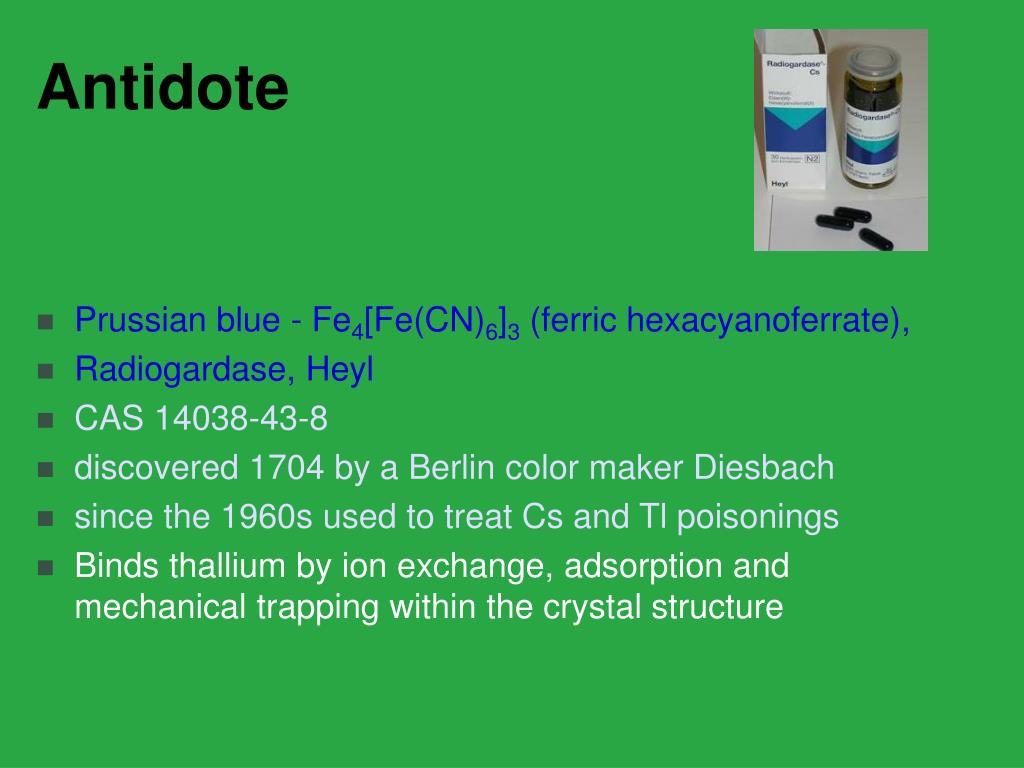
Most commonly, it was used as a depilatory agent ( Sabouroud, 1912). Thallium salts were used to treat tuberculosis, syphilis, gonorrhea, and dysentery. Miyasaki, in Handbook of Clinical Neurology, 2011 Thallium and chorea Recommendations for the management of thallium intoxication include intensive care monitoring, antidotes (D-penicillamine with Prussian blue), hemodialysis, forced diuresis, and supplementation with potassium chloride ( Vergauwe et al., 1990 Malbrain et al., 1997). Multilamellar cytoplasmic bodies and abnormal mitochondria have been observed in the cerebellar cortex ( Hasan et al., 1978). Experimentally, Purkinje cells are particularly vulnerable to thallium ( Meggs et al., 1997). Ataxia has a mixed origin, peripheral and cerebellar. Electrophysiological investigations show evidence of distal axonopathy.

Polarized light reveals dark zones at the level of hair roots. Alopecia is suggestive, appearing several days after the exposure. Hypertension, cardiac arrhythmias, and respiratory failure may develop.

The clinical syndrome includes loss of consciousness, seizures, blurred vision, tremor, ataxia, and symptoms related to peripheral neuropathy ( Sabbioni and Manzo, 1980 Gilman et al., 1981). Most cases are related to oral ingestion and inhalation of contaminated dust, snorting, dermal absorption, or homicide attempts ( Wainwright et al., 1988 Meggs et al., 1997). These properties have greatly contributed to intoxication and poisoning. Thallium salts are colorless, odorless, and tasteless. Mario Manto, in Handbook of Clinical Neurology, 2012 Thallium


 0 kommentar(er)
0 kommentar(er)
